Weeknotes 308 - revelations by relating to fuzzy intelligence
What can we discover about ourselves using the current fuzzy intelligence tools? And an overview of last week's news on human-AI partnerships.

Hi, y’all! I hope you are doing fine. I have returned from my vacation so a complete newsletter again this week. I was in the middle of a changing Europe, not only because I was near storm Boris experiencing a rapidly rising Donau river, but also as in Bratislava, just like in Hungary and now Austria, the political climate is changing. Like in the Netherlands, I could not help but keep track of all the turmoil and - in my opinion - worrying conditions of our politics and the broader governing climate. As a tourist in the city of Bratislava, the changes are not that apparent except for strikes by the cultural institutions and things you read when visiting (nice brutalist) buildings of public broadcasters. In that sense, the way the river touched upon the barriers with possible flooding gave it a feeling of comparable unease.
Not so positive vibes to kick off this newsletter, let’s dive into the usual reflections on the impacts of new tech, with some triggered thoughts on what we learn about ourselves by relating to the fuzzy intelligence of the next internet.
And kicking off this quarter will be stuffed with fulfilling projects for the Wijkbot (like the workshop next week), ThingsCon (Salon and conference), and a new research project.
Triggered thought
The hot tech news of the week was linked to the Meta Connect presentation by Mark Zuckerberg launching the Orion headset prototype. People who use it are enthusiastic about the choices made in both the AR + interface, the control system, and dividing the ecosystem of glasses, wristbands, and offloading computing pucks. It is a good reference point for Vision Pro. Real AR versus synthetic AR, triggering different concepts of interacting with the real world.
The thing is still a prototype for testing and not available to buy (cost price around 10k), but the choices made by Facebook Reality Labs (we have a Dutch design manager working in the heart of that lab) look smart. Of course we should be aware of the way the business model of Meta is played out here, creating interventions in our day-to-day reality. The other announcement of having synthetic posts remixing your interests into friends-alike posts might be a signpost that is questionable for our trust in reality…
Let’s connect it to a new app Social AI that was discussed on a podcast of The Verge with the maker Michael Sayman. His frame and pitch is: until now in social media dominance in using the internet, we have been communicating through the internet with others, while the introduction of large language models we communicate more with the internet, and the fuzzy intelligence that is the LLMs are providing.
I have tried the app, and it is indeed a new form of using AI; not perfect, missing some intuitively in the on-boarding and a bit overwhelming in the stream of responses, but I like the direction that is facilitating much more of a kind of co-performance, working closely in partnership and collaboration with the synthetic reality.
The introduction of the real voice in ChatGPT remains a good reference point too. In another (Dutch) podcast (Poki), the frame was made of AI as a make-up CGI and the more seamless meta AR solution. The experiment they did with the now available o1 natural voice-interface was telling. The different hosts are also treating the AI very differently. More as someone to care for the AI, to someone that almost is being a bully, treat the AI like a slave. I think this indicates that we are in a phase where the new AI assistants are (also) providing a mirror of ourselves, how we treat technology, or even our own personality, as one of the hosts mentioned how it makes her shy to the AI.
As we know from the dangerous effects of group dynamics, we should know what living together with the new AI cobots, the pal-tech, will uncover in us. The positive research that showed how AI tools can prevent conspiracy theories to develop and flourish, can also reach the counter effect. Just like we have seen with social media…
For the subscribers or first-time readers (welcome!), thanks for joining! A short general intro: I am Iskander Smit, educated as an industrial design engineer, and have worked in digital technology all my life, with a particular interest in digital-physical interactions and a focus on human-tech intelligence co-performance. I like to (critically) explore the near future in the context of cities of things. And organising ThingsCon. I call Target_is_New my practice for making sense of unpredictable futures in human-AI partnerships. That is the lens I use to capture interesting news and share a paper every week.
Notions from the news
Next to the new product relaunches, the returning saga of OpenAI continues; with leaving management, and changing investment partners, might be related to the shift to loose the ‘open’ part for good.
And Meta Connect was the big event of the week. There was more announced than that AR goggles ecosystem thing.
And in the meantime, tech is updating with new models and “AlphaChips”.
Human-AI partnerships
An archetype of human computational coaches are so-called orbs. They pop-up in every era of technology. In IoT times and now extended with AI. Which of course makes sense in a way even more…
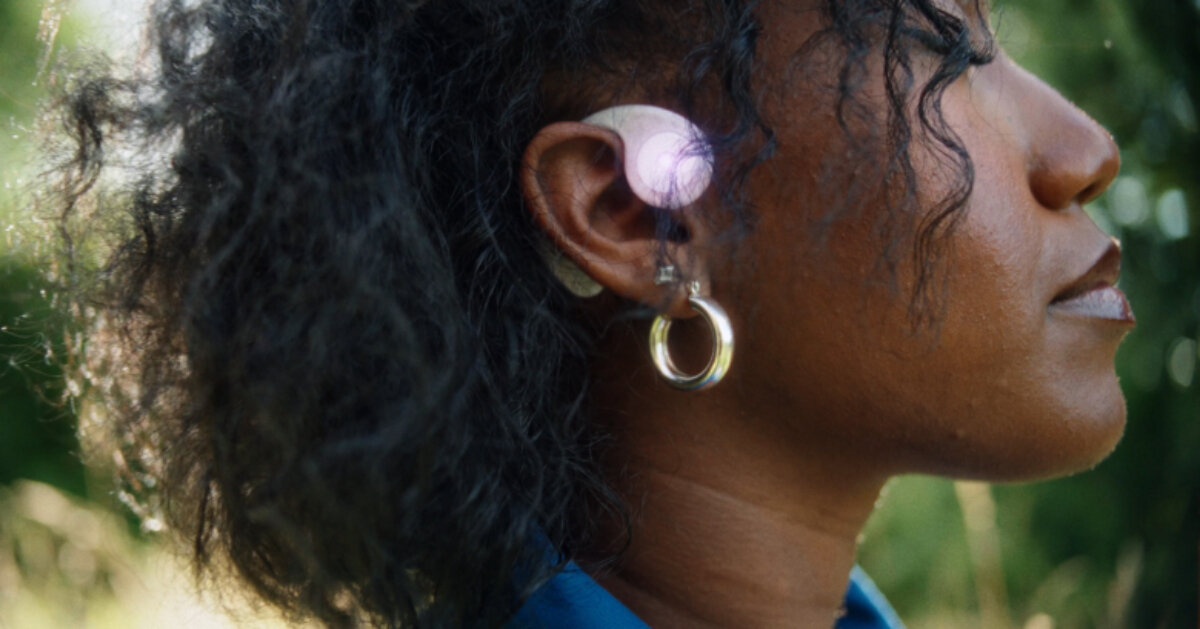
This article states that the promise that AI can help humans avoid the severe tasks of moderating the dark places of the (social) web is not happening. There might be even more disillusionment.

In generative art, there are hero artists, too. Refik Anadol might be the most famous. He is opening a museum of AI arts next year. A returning topic might be who the artist is after all…
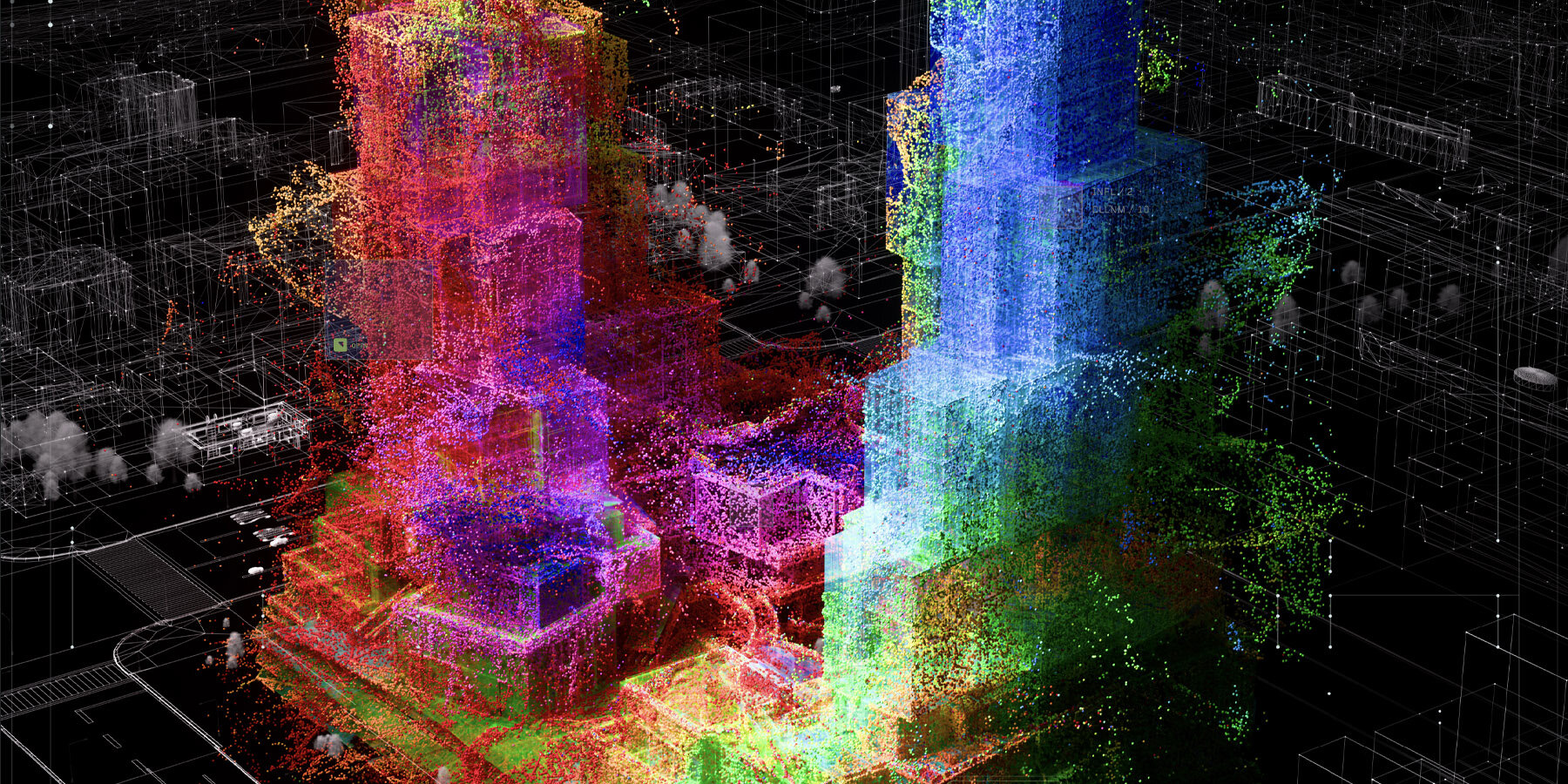
What will be the result of ubiquitous AI assistants for our writing? The framing of Language Microwave delivers the opinion rather well.

No surprise. A poor designed product, and weak functioning, without a clear use case in this form. If the technology was snappy to use and the product was designed as that rabbit wondering around in the world surprising you with strange but inspiring interpretations, I would have used it a lot more for instance.
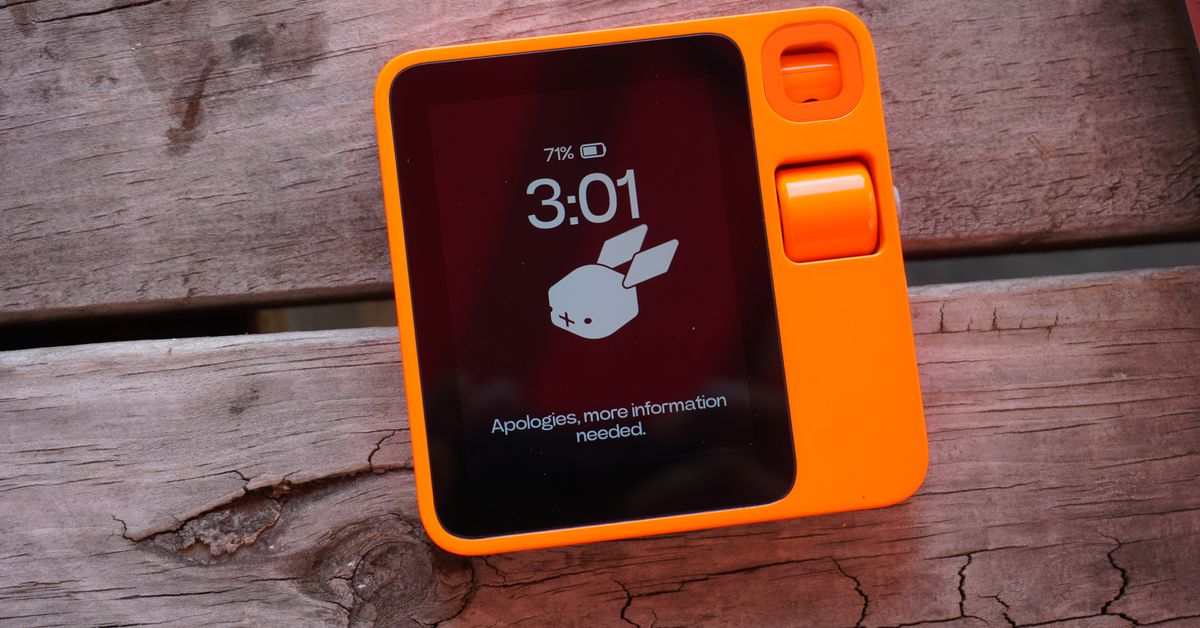
I am a bit surprised that this was not already working like that. But heard before stories how different AI services within Google ecosystem are not working in competition and not in concert.

Robotic performances
NVIDIA is continuing taking a role in creating technology for humanoids, as they show several types earlier this year.
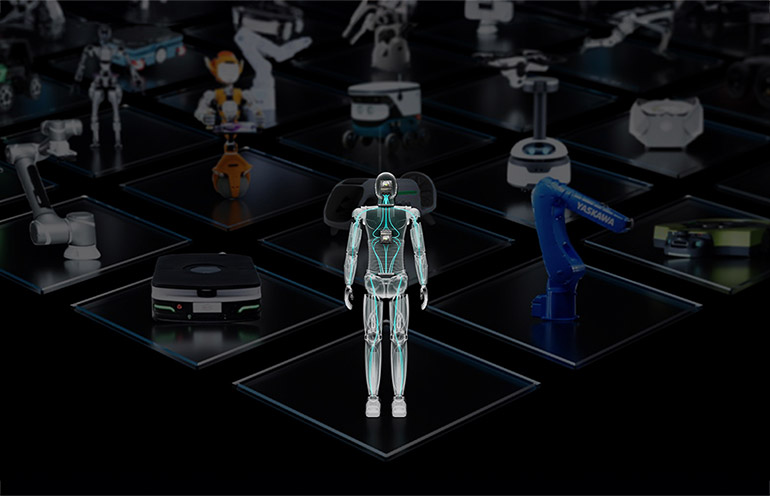
Boosted humans.
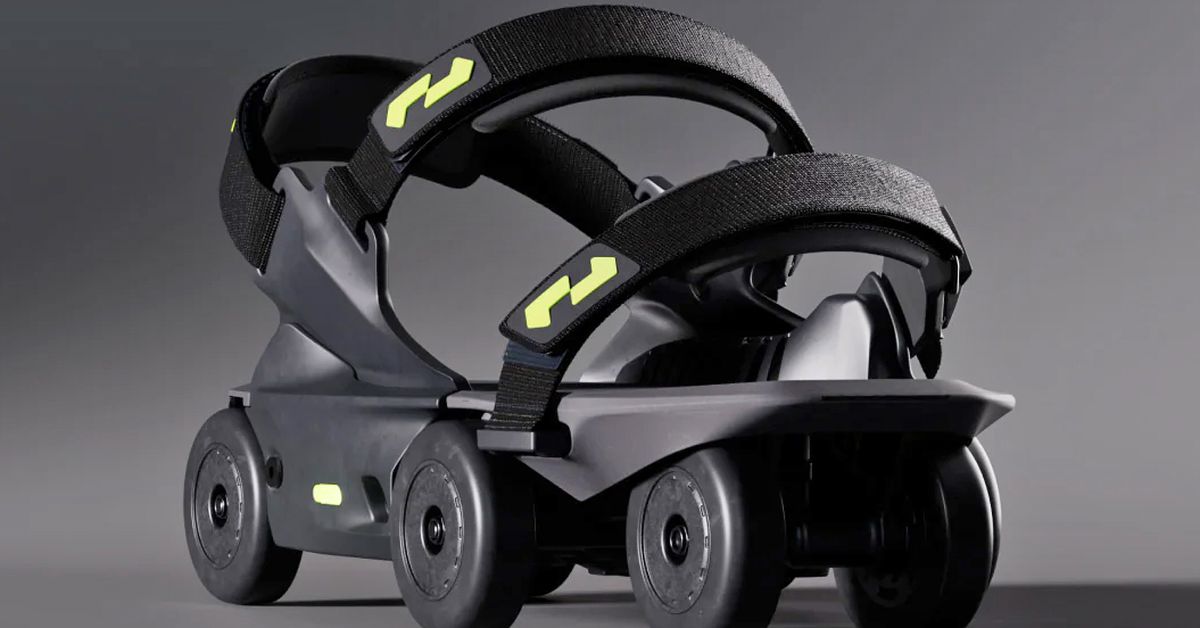
Robots that are more adaptive and learning.
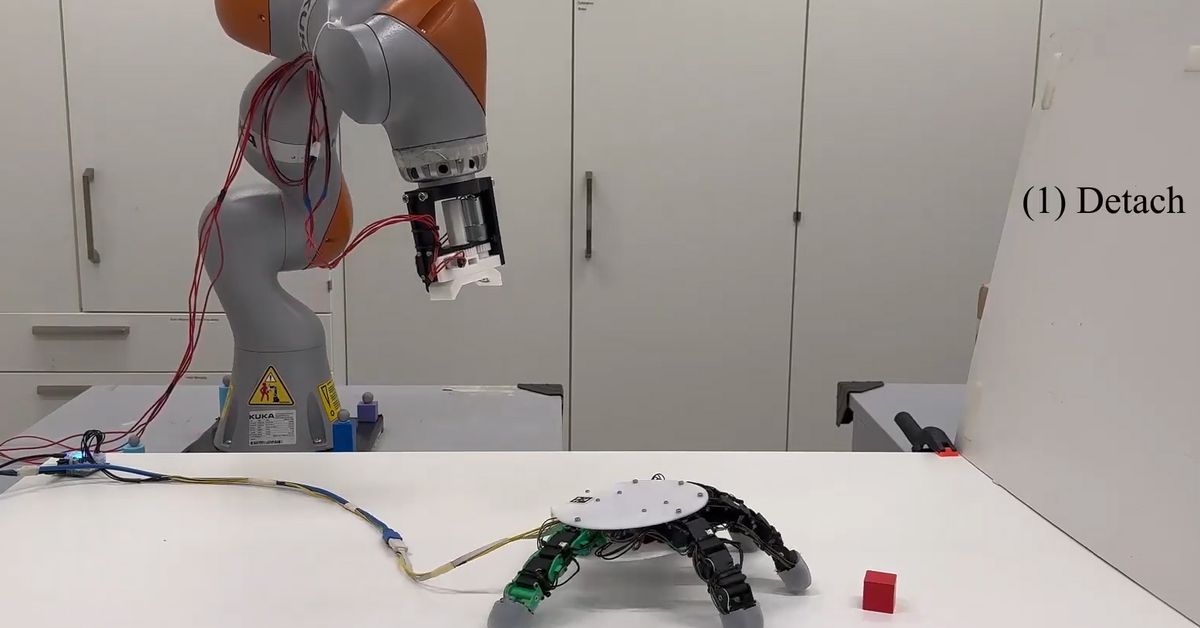
Immersive connectedness
The Orion Glasses are the big tech introduction of last week. One thing on the Orion Glasses. Ben Thompson is giving a couple of reasons to launch the unready product now, and the latter:
There is one more angle that is worth considering: should Meta give building a smartphone another go? That is another huge advantage that Apple could bring to the table: instead of having a “puck” in your pocket, you could have an iPhone providing connectivity and compute to the company’s glasses, and perhaps a future Apple Watch or Watch band that provides a control interface. That not only means you don’t need to carry an extra device, but also ensures you have all of the apps you depend on, and a way to interact with them if your battery dies. I suggested on Thursday that the puck should have a hardware keyboard; maybe, though, it should just be a smartphone that is mostly unremarkably but for the fact it is the only way to get AR glasses.
I think it would make sense that the (a) next iteration of the phone will be designed as an extension of wearables that are the primary interface. Can be AR glasses or headphones, and probably a combination. The Her meets Minority Report interface explorations might end up be the core inspiration.
In the mean time the new Zuckerberg presence is literally talk of the town.

Are we living the simulation? New NVIDIA new AI.
Designing leaflets for phones will never be the same.

Tech societies
Gladwell is showing us how the view on the role of tech can change. He wrote a critique of his own work, but in that critique, the flaws show even more insights into the changes.

How a simple identification system can play a big role in making something for real.

Did you know about the Zombocom problem?

The security ratrace.
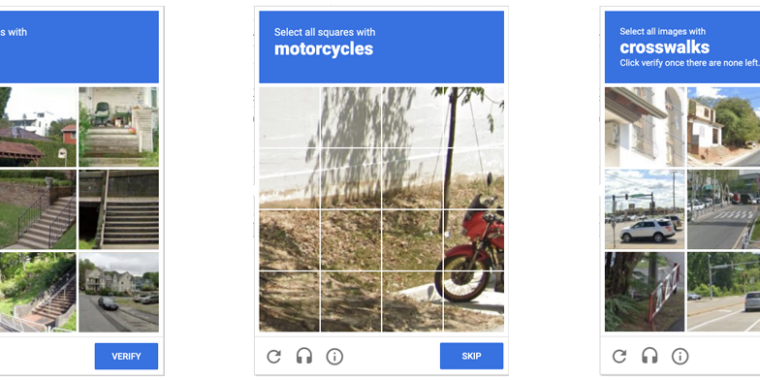
Interesting new initiative around federated services build from social web. I wonder what the fediverse of Social AI will be.
In other news; supply chains

And related?

Paper for the week
Engaged robots, disengaged workers: Automation and political alienation
I investigate the impact of automation on political behavior in postindustrial societies, particularly focusing on political disengagement. I argue that structural changes in the labor market lead to political alienation due to increased economic insecurities, diminished resources from lower wages, and greater economic polarization.
Gonzalez‐Rostani, V. (2024). Engaged robots, disengaged workers: Automation and political alienation. Economics & Politics. https://doi.org/10.1111/ecpo.12307
Looking forward
Next to what I mentioned about ThingsCon and Society 5.0 Festival, Dutch Design Week is rapidly approaching. Design+AI Symposium is now part of the conference, with a good line up.
On a shorter notice IoT Expo is in Amsterdam, a different type of event. Sensemakers DIY edition. And on Thursday Waag Open with artist creating on new perspectives on abstract issues.
Enjoy your week!


















